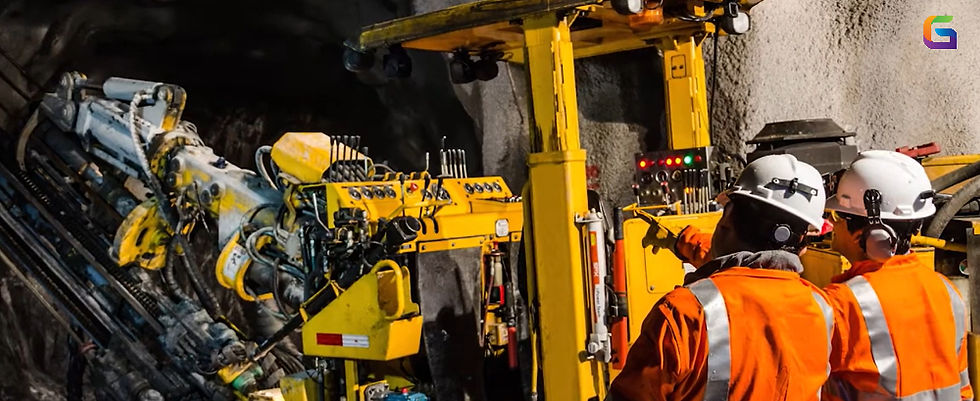Pretrained Models vs. Finetuned Models
- Anvita Shrivastava

- May 29
- 2 min read
Updated: May 30
In the era of AI-driven geospatial analytics, machine learning (ML) and deep learning (DL) models play a crucial role in addressing complex challenges within Geographic Information Systems (GIS). Applications such as land cover classification, change detection, object recognition, and spatial prediction are being significantly enhanced by the use of AI.
A key decision in any AI pipeline is the choice between using pretrained models and finetuned models.

What Are Pretrained Models in GIS?
Pretrained models are machine learning or deep learning architectures that have already been trained on sizable datasets, usually geospatial-specific corpora like SpaceNet, BigEarthNet, or xView, or general-purpose datasets like ImageNet and COCO.
Important Pretrained Model Features:
Feature Generic Learning: Record low- and mid-level characteristics that are transferable between activities, such as edges and textures.
Fast Prototyping: Perfect for benchmarking and deployment in a flash.
Limited Adaptability: It might not function as well on satellite or aerial imagery tailored to a particular need.
Popular Pretrained Models in GIS:
U-Net and SegNet (for semantic segmentation)
ResNet, DenseNet, EfficientNet (for classification)
YOLOv8, Faster R-CNN (for object detection)
What Are Finetuned Models in GIS?
Pretrained models that have been retrained on task-specific datasets with modified Pretrained weights are known as finetuned models. This enables the model to more effectively adjust to the features of the target domain.
Important Pretrained Model Features:
Domain Specialisation: Improved results on localised datasets (e.g., urban footprints, regional vegetation).
Compared to training from scratch, data efficiency requires fewer labelled datasets.
Increased Accuracy: In certain GIS jobs, model generalisation is enhanced by customised weights.
Common Finetuning Scenarios in GIS:
Urban vs. Rural segmentation
Building footprint extraction in different countries
Flood detection in diverse climatic zones
Technical Comparison: Pretrained vs. Finetuned Models
Feature | Pretrained Models | Finetuned Models |
Training Time | Minimal | Moderate |
Compute Resources | Low | Medium to High |
Accuracy on Custom Tasks | Moderate | High |
Generalizability | High | Task-specific |
Best Use Case | Rapid prototyping, transfer learning | Production models, precision tasks |
Top Techniques for Creating GIS Models
1. Utilise a Pretrained Model First: In segmentation or detection models, use pretrained backbones (like ResNet-50) as encoders. This improves performance in unconventional ways.
2. Make Use of Transfer Learning: Only train deeper layers on GIS-specific data; freeze the initial layers, which learn general features.
3. Employ Geospatial Augmented Data: Use augmentation to improve performance (e.g., rotations, spectral band shifts, NDVI masking).
4. Make Use of Domain-Specific Information
Adjust with datasets such as:
ISPRS (urban structure) Potsdam/Vaihingen
Maps of floods Sen1Floods11
Road excavation and land cover in DeepGlobe
In GIS, the decision between pretrained and finetuned models is strategic rather than binary. While finetuned models are essential for high-precision, production-level geospatial applications, pretrained models are great for rapid evaluations and transfer learning.
For more information or any questions regarding Pretrained Models and Finetuned Models, please don't hesitate to contact us at
Email: info@geowgs84.com
USA (HQ): (720) 702–4849
(A GeoWGS84 Corp Company)




Comments